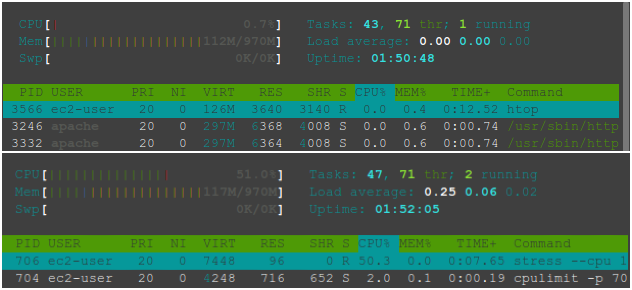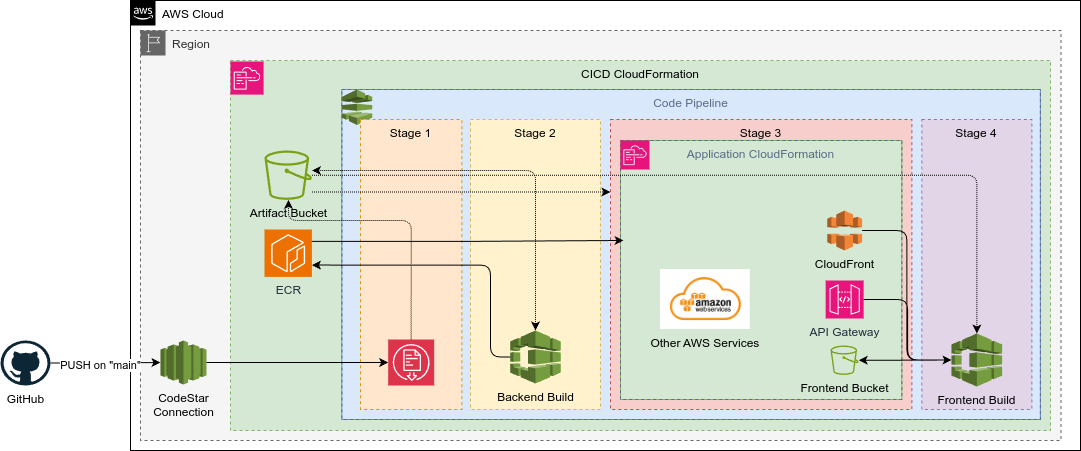Posts
-
Feb 9, 2025

When running workloads on AWS, cost optimization is always a priority. AWS offers Savings Plans as a way to significantly reduce compute costs, but choosing the right one can make a big difference. In this blog, we’ll explore the differences between Compute Savings Plans, EC2 Instance Savings Plans, and Reserved Instances, and help you determine which is best for your business. -
Feb 8, 2025

When deploying applications on AWS, choosing the right load balancer is crucial for performance, availability, and scalability. AWS offers two primary types of Elastic Load Balancers (ELB) Application Load Balancer (ALB) and Network Load Balancer (NLB). Understanding their differences and use cases will help you make an informed decision. -
Feb 8, 2025

In modern cloud environments, managing access across multiple AWS accounts is a common challenge. Whether you're operating within a multi-account AWS organization or collaborating with external partners, AWS provides robust mechanisms for secure cross-account access. This blog post will break down how cross-account access works and the best practices for implementing it. -
Feb 7, 2025

When launching an Amazon EC2 instance, you often need to automate the installation of packages, configuration of services, and setup of applications. AWS provides two primary approaches for this **User Data** scripts and **cfn-init** (CloudFormation helper script). Each has its own strengths and limitations. In this blog post, we'll explore both, compare their pros and cons, and explain how you can use `cfn-hup` to automate in-place updates. -
Feb 6, 2025

After watching the following re:Invent video from AWS (published on December 8, 2024), I found it insightful how AWS Systems Manager (SSM) has evolved over the years. The video featured Jon Galentine, Director of AWS Systems Manager, and Nereida Woo, Specialist Solutions Architect for Cloud Operations, discussing the transformation of Systems Manager from a basic EC2 maintenance tool to a comprehensive cloud operations solution. Here are my key takeaways from their talk. -
Feb 4, 2025

In this blog post, we will explore how to create an autoscaling group with a target tracking policy using AWS CloudFormation. We'll delve into the concepts of autoscaling groups, different scaling policies, and why AWS recommends using target tracking policies. Additionally, we will walk through an example that demonstrates the behavior of an autoscaling group in response to CPU utilization changes. -
Feb 3, 2025

Simulating precise CPU utilization is essential for testing applications and systems under controlled conditions. For example, when evaluating system performance or auto-scaling behavior, you may want to set CPU usage to a specific percentage. This post introduces a Python script that combines `stress` and `cpulimit` to achieve this, offering a flexible way to simulate exact CPU loads. -
Feb 2, 2025

When managing cloud infrastructure, automating responses to common events can save time, reduce downtime, and ensure consistent operations. In this post, we’ll walk through a CloudFormation template that deploys an EC2 instance, a Lambda function, and an EventBridge rule to automatically restart a stopped instance. -
Feb 1, 2025

Amazon OpenSearch (formerly Elasticsearch) is a powerful tool for searching, analyzing, and visualizing data. In this guide, I want to show how to set up an OpenSearch cluster on AWS, load sample data, and create interactive dashboards—all within the AWS Free Tier using both the AWS Console and IaC. -
Jan 25, 2025

Cloud computing is a big deal these days, and the best way to learn it is by getting your hands dirty with real projects. That’s why I decided to build a **TODO app using AWS**. This wasn’t just about making a simple app to manage tasks—it was about learning AWS inside out, mastering CI/CD pipelines, and getting ready for the **AWS Developer Certification Exam**. Along the way, I also wanted to explore how to build scalable and secure systems, and get comfortable with deploying and managing cloud applications. -
Nov 26, 2024

I've always been fascinated by how Docker works behind the scenes. Containers have revolutionized the way we develop and deploy applications, but the magic often feels like a black box. To demystify it, I decided to embark on a learning journey to build a simple Docker-like container runtime using Python.










